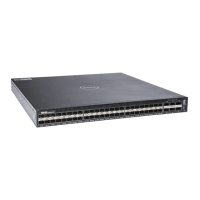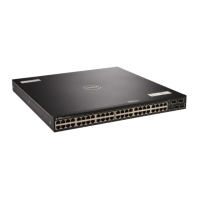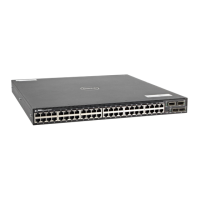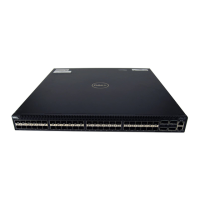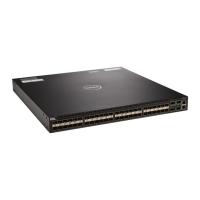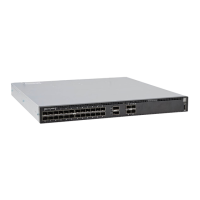IPv6 Routing
Internet protocol version 6 (IPv6) routing is the successor to IPv4. Due to the rapid growth in internet users
and IP addresses, IPv4 is reaching its maximum usage. IPv6 will eventually replace IPv4 usage to allow for the
constant expansion.
This chapter provides a brief description of the differences between IPv4 and IPv6, and the Dell Networking
support of IPv6. This chapter is not intended to be a comprehensive description of IPv6.
NOTE
: The IPv6 basic commands are supported on all platforms. However, not all features are supported
on all platforms, nor for all releases. To determine the Dell Networking Operating System (OS) version
supporting which features and platforms, refer to Implementing IPv6 with Dell Networking OS.
NOTE: Even though Dell Networking OS listens to all ports, you can only use the ports starting from 1024
for IPv6 traffic. Ports from 0 to 1023 are reserved for internal use and you cannot use them for IPv6 traffic.
Topics:
• Protocol Overview
• Implementing IPv6 with Dell Networking OS
• ICMPv6
• Path MTU Discovery
• IPv6 Neighbor Discovery
• Configuration Task List for IPv6 RDNSS
• Secure Shell (SSH) Over an IPv6 Transport
• Configuration Tasks for IPv6
• Configuring IPv6 RA Guard
Protocol Overview
IPv6 is an evolution of IPv4. IPv6 is generally installed as an upgrade in devices and operating systems. Most
new devices and operating systems support both IPv4 and IPv6.
Some key changes in IPv6 are:
• Extended address space
• Stateless autoconfiguration
• Header format simplification
• Improved support for options and extensions
25
IPv6 Routing 518
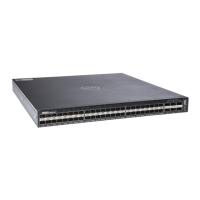
